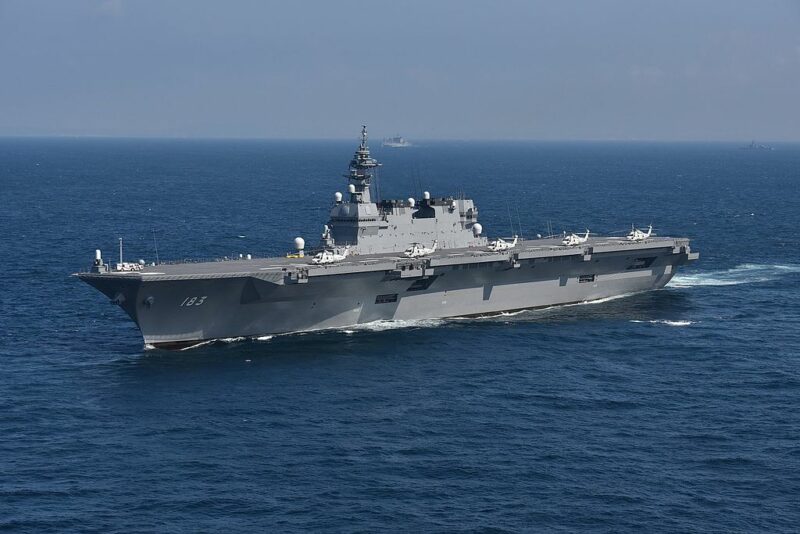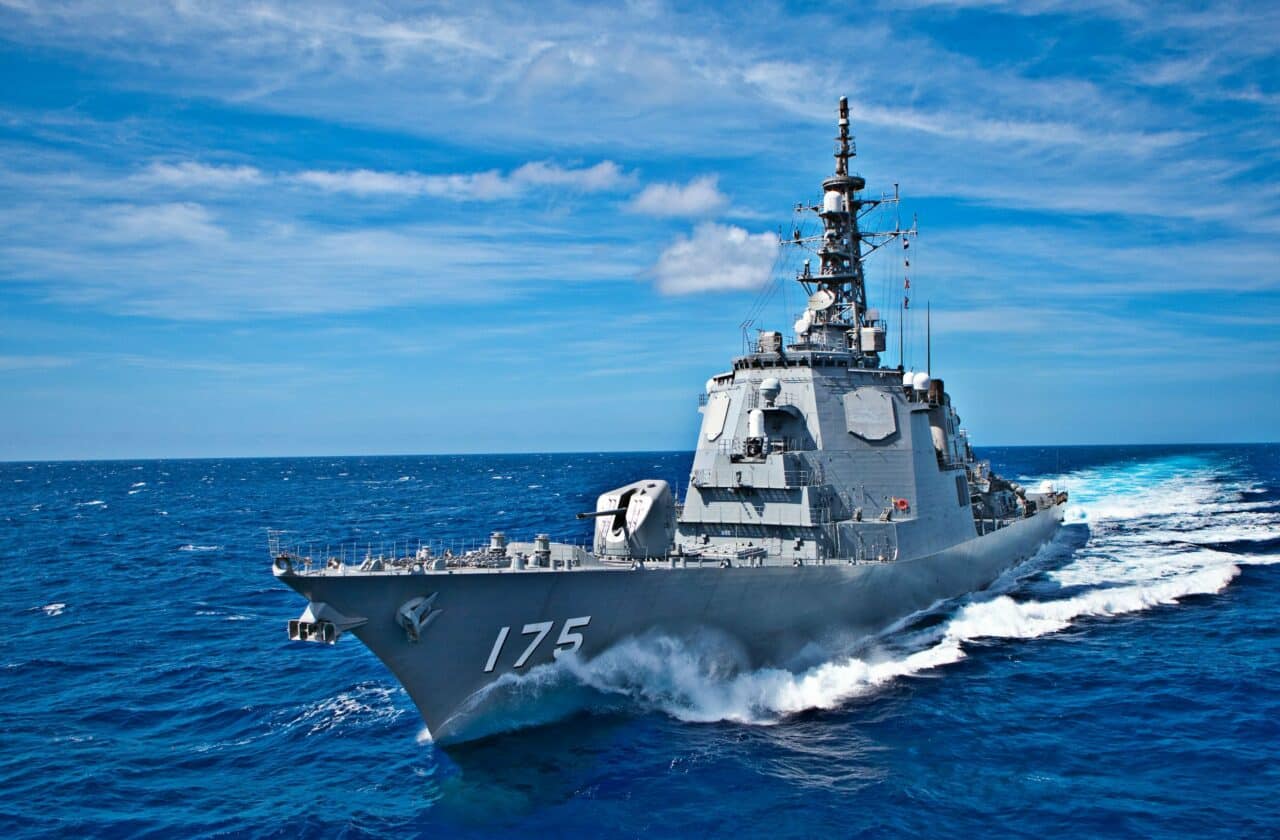On January 18, 2024, the order for 400 Tomahawk cruise missiles with a range of 1 km, to arm the destroyers of the Japanese naval self-defense forces, was signed by Japanese Defense Minister Minoru Kihara and American Ambassador to Japan Rahm Emanuel. This contract, worth $1,7 billion, brings with it a profound change in doctrine on the part of the Japanese armed forces.
In this section:
In recent years, Tokyo has had to face the rapid evolution of two major threats simultaneously. On the one hand, Japan is exposed to Sino-American tensions, hosting on its soil a naval base, two air bases and a division of American Marines, likely to intervene in support of Taiwan, risks quickly becoming a legitimate target for Beijing in the event of Chinese military intervention against the autonomous island.
At the same time, the North Korean threat, although it has barely changed in its foundations in recent years, has increased considerably, while Pyongyang has equipped itself with new ballistic and cruise missiles, capable of reaching the ground. Japanese and to thwart some of the deployed anti-missile defenses, while they can be armed with a nuclear warhead.
Change of doctrine and considerable increase in resources for the Japanese self-defense forces
To respond to these threats, under the influence of Prime Minister Shinzo Abe and then his successor, Fumio Kishida, Japan had to undertake a profound and rapid modernization of its armed forces, with, among other things, the acquisition of new fighters. F-35, the modernization of certain capabilities such as Type 12 anti-ship missiles, or the fleet with Taigei submarines and Mogami frigates.

However, to deal with major first-line capabilities, which are potentially nuclear, the exclusively defensive posture which was, constitutionally, that of the Japanese self-defense forces, was no longer sufficient. In fact, several political initiatives have been taken by the country's authorities, if not to amend the constitution, in any case to change its interpretation.
This allowed Tokyo to transform its two Izumo-class assault helicopter carriers into light aircraft carriers capable of carrying and operating F-35B combat aircraft with vertical or short takeoff and landing, with the assurance given that the ships, and the aircraft used, will only be used for defense purposes “in the depth” of the Japanese islands.
400 Tomahawk cruise missiles for the Japanese Navy
The same reasoning was applied to the acquisition of Tomahawk cruise missiles to arm destroyers and future Arsenal Ships AEGIS ASEV Japanese naval self-defense forces.
Offensive weapon par excellence, which finds its main use during preventive strikes to reduce the potential for enemy response, the cruise missile was not part of the arsenal of the Japanese armed forces until then, in application of the constitution preventing these here to carry the fire beyond its territory, in an exclusively defensive posture.

The Japanese authorities had to make some convolutions to circumvent this constraint, by ensuring that the cruise missiles thus acquired will only be used to strike opposing infrastructures which are obviously preparing to carry out an attack against Japanese soil.

The rest of this article is for subscribers only
The Classic subscriptions provide access to
all articles without advertising, starting at € 1,99.
Newsletter subscription
Register for the Meta-Defense Newsletter to receive the
latest fashion articles daily or weekly

